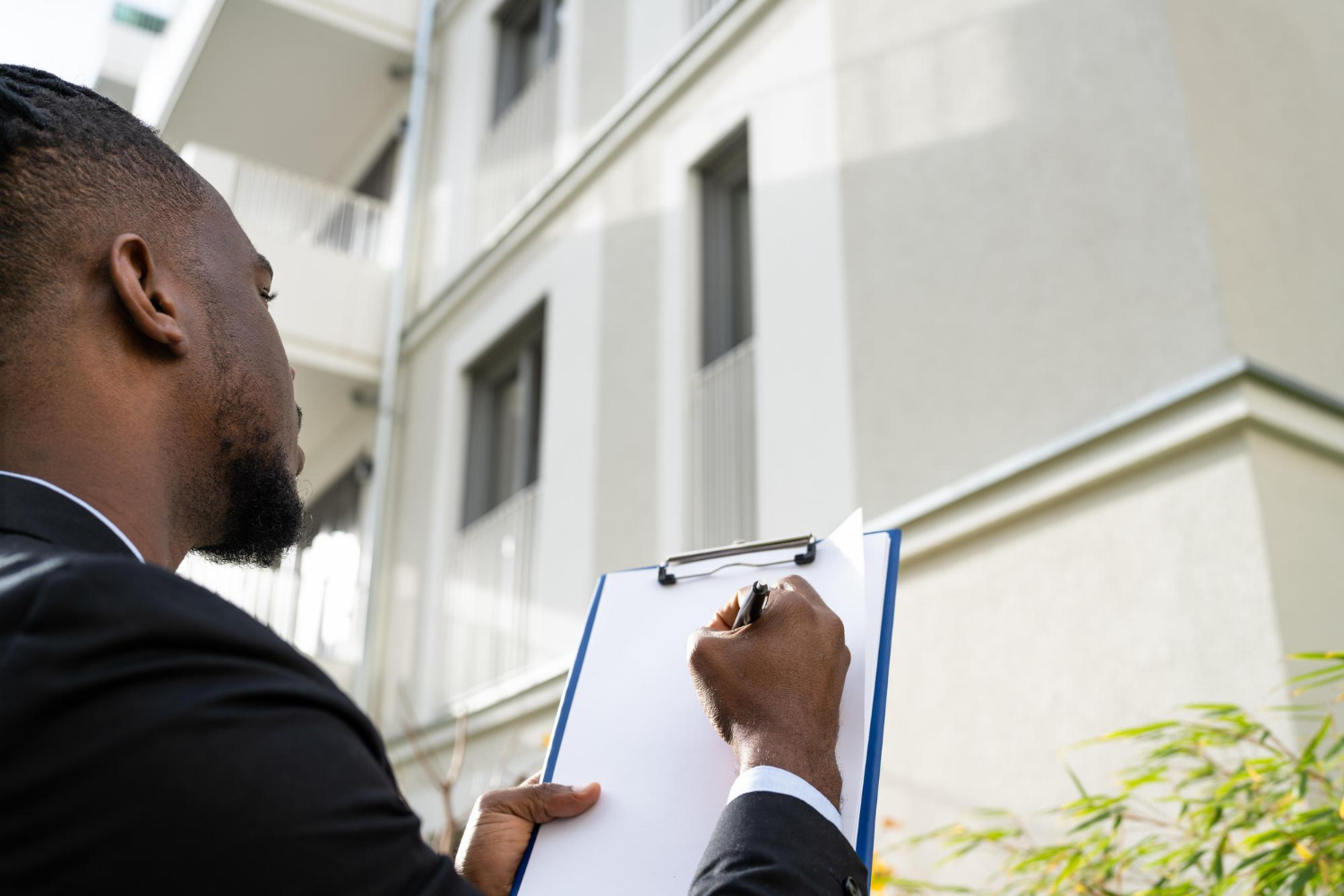Property inspections are an essential part of managing rental properties. They help ensure the property remains in good condition and that any potential problems are identified early. Inspections protect both the property owner’s investment and the tenant’s comfort. By scheduling regular inspections, you can catch small issues before they become more serious and costly to repair.
Inspections also provide an opportunity to assess how tenants are caring for the property and to ensure that lease agreements are being followed. A thorough inspection can help you maintain a high standard for your rentals, making them more appealing to future tenants. Keeping up with inspections can also prevent conflicts by addressing any issues or repairs in a timely manner.
Learning how to effectively prepare for and conduct property inspections allows landlords to safeguard their investments and keep tenants satisfied. A systematic approach to inspections makes property management smoother and ensures that issues are addressed promptly and fairly. By understanding the inspection process, landlords can maintain properties that are safe, pleasant, and inviting for all occupants.
Understanding the Purpose of Property Inspections
Property inspections serve multiple vital purposes for landlords. They help maintain the quality of the property and ensure that it meets safety and health standards. Regular inspections safeguard your investment by catching potential issues early, which can prevent costly repairs down the road. By identifying and addressing minor issues before they become significant problems, landlords can maintain the property’s value over time.
Inspections also give you the chance to verify that tenants are following the terms of the lease agreement. This can include checking for unauthorized modifications or excessive wear and tear. Regular checks help ensure that the tenant is also keeping the property in good condition out of respect for the rental agreement they signed.
Moreover, inspections help build a positive relationship with tenants. They signal that you care about the property and the tenant’s living conditions. By addressing repairs and improvements during inspections, landlords demonstrate a commitment to providing a comfortable home, which can lead to longer tenancy durations and better tenant retention.
Ultimately, property inspections are a proactive step in responsible property management. They protect your investment, ensure tenant satisfaction, and help avoid disputes or legal complications.
Preparing for a Thorough Inspection
Preparation is key to conducting a successful property inspection. A well-organized inspection ensures that you cover all areas comprehensively and do not miss any potential issues. Start by scheduling the inspection date and informing tenants in advance. This gives tenants enough time to prepare and ensures transparency in the process.
Create a checklist of items and areas that need to be inspected. This could include:
– Checking plumbing for leaks
– Inspecting electrical systems for safety
– Examining windows and doors for drafts or damage
– Evaluating the condition of floors and walls
– Looking for signs of pests or mold
Bring necessary tools like a flashlight, camera, and notebook. These tools help you document findings accurately and address them later. A camera is handy for taking pictures of any damage or areas needing repair, which can be included in your report.
Be respectful and thorough during the inspection. Make notes of anything that needs attention and discuss findings with tenants afterward. Let them know what repairs will be made and any follow-up actions. This preparation ensures a smooth inspection, helps keep the property in top condition, and strengthens the landlord-tenant relationship.
Key Areas to Examine During Inspections
One of the most important steps in ensuring your rental property remains in good condition is conducting thorough inspections. Key areas to examine during these inspections include safety features, structural elements, and basic utilities.
First, check all safety features. Smoke detectors, carbon monoxide alarms, and fire extinguishers should be tested to make sure they work. Confirm that windows and doors lock securely for tenant safety and peace of mind.
Structural elements are next on the list. Inspect the roof, gutters, and foundation for any signs of damage. Cracks, leaks, or any indication of wear can lead to bigger problems if left unchecked. Make sure ceilings and walls are free of water stains or mold, which could indicate a hidden leak.
Pay special attention to basic utilities like plumbing and electrical systems. Check faucets, toilets, and pipes for leaks or blockages. Ensure that light fixtures and outlets work correctly. Look for fraying or exposed wires that could be potential fire hazards.
Flooring is another key area. Look for loose tiles, frayed carpets, or scuffed wood that might need repairs. By keeping a close eye on these areas, you maintain the integrity of your property, enhancing tenant satisfaction and longevity.
Documenting and Addressing Inspection Findings
After an inspection, it’s crucial to document everything observed. This documentation serves not just as a record but also as a tool to prioritize repairs and improvements. Create a detailed list of all issues, no matter how small they may seem, as minor problems can evolve into larger concerns if left unattended.
Photos can enhance records, giving visual proof of property conditions that can be helpful over time. Note any damage, wear and tear, and potential safety hazards. Organize these records systematically, perhaps by room or area, to ensure no issues are overlooked.
Once documentation is completed, addressing findings becomes the priority. Start with urgent repairs related to safety or major utility concerns, like broken locks or leaky pipes. Schedule routine maintenance or cosmetic updates that can improve the property’s overall appearance and functionality.
Communicate transparently with tenants about what will be fixed and when. Keeping tenants informed reinforces trust and relationship quality. Regularly updating and checking these records ensures a proactive approach to property management, enhancing longevity and tenant satisfaction.
Conclusion: Mastering Property Inspections for Longevity
A well-maintained rental property not only attracts new tenants but also keeps current tenants satisfied and secure. Regular inspections are a critical part of property management that helps catch issues early, reducing the cost and time of repairs. Ensuring your property is safe and in good condition will boost tenant retention and create a positive living environment.
Conducting thorough inspections and promptly addressing any findings reflect an owner’s commitment to quality and tenant well-being. This proactive management approach lies at the heart of successful property ownership, where satisfied tenants lead to less vacancy, improved reputation, and overall profitability.
If you’re ready to take your property management to the next level, The Rental Lister is here to help. With our expertise in Las Vegas property management, we offer tailored solutions that include regular inspections and maintenance. Let us assist you in keeping your property in top shape while ensuring tenant satisfaction and retention.




